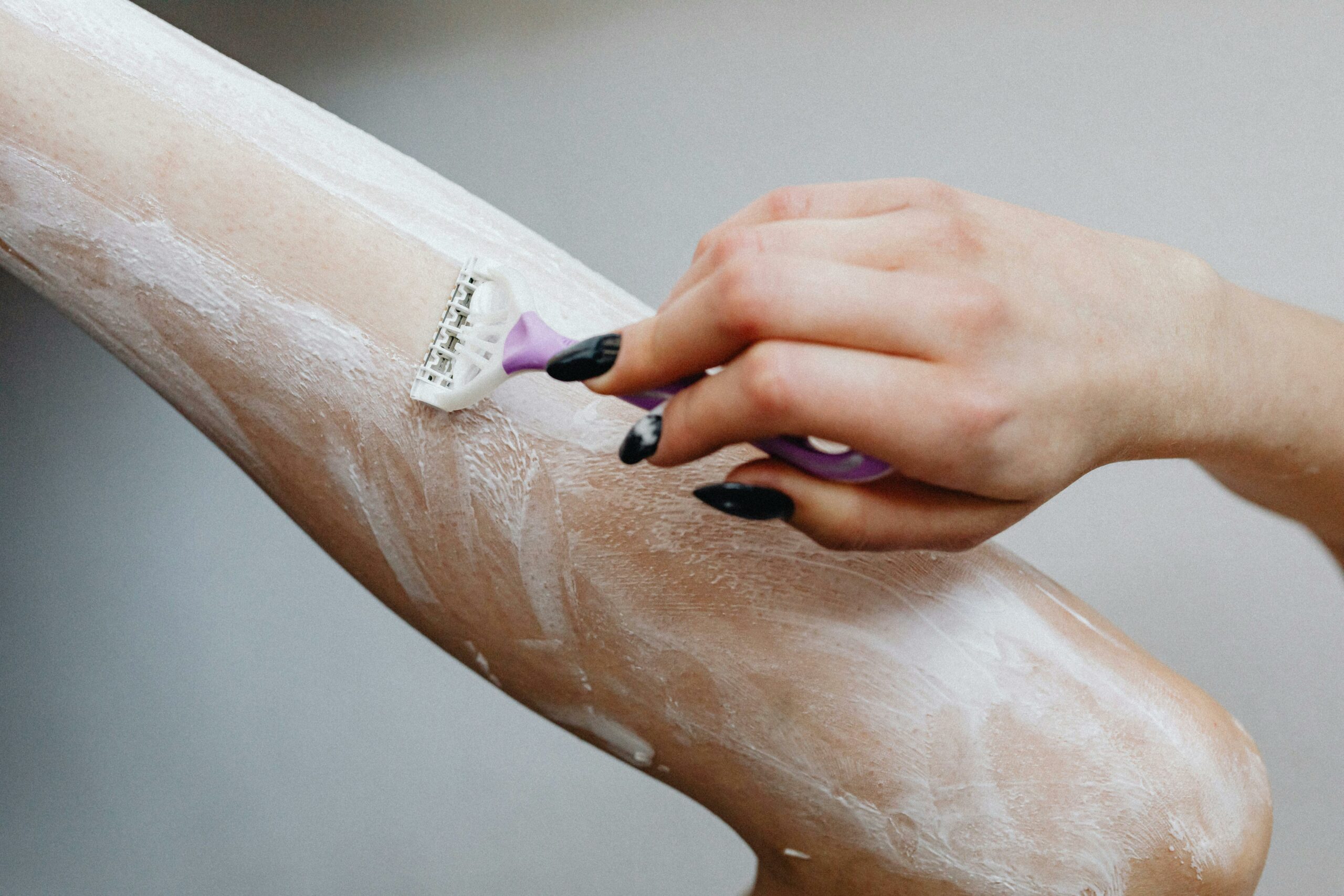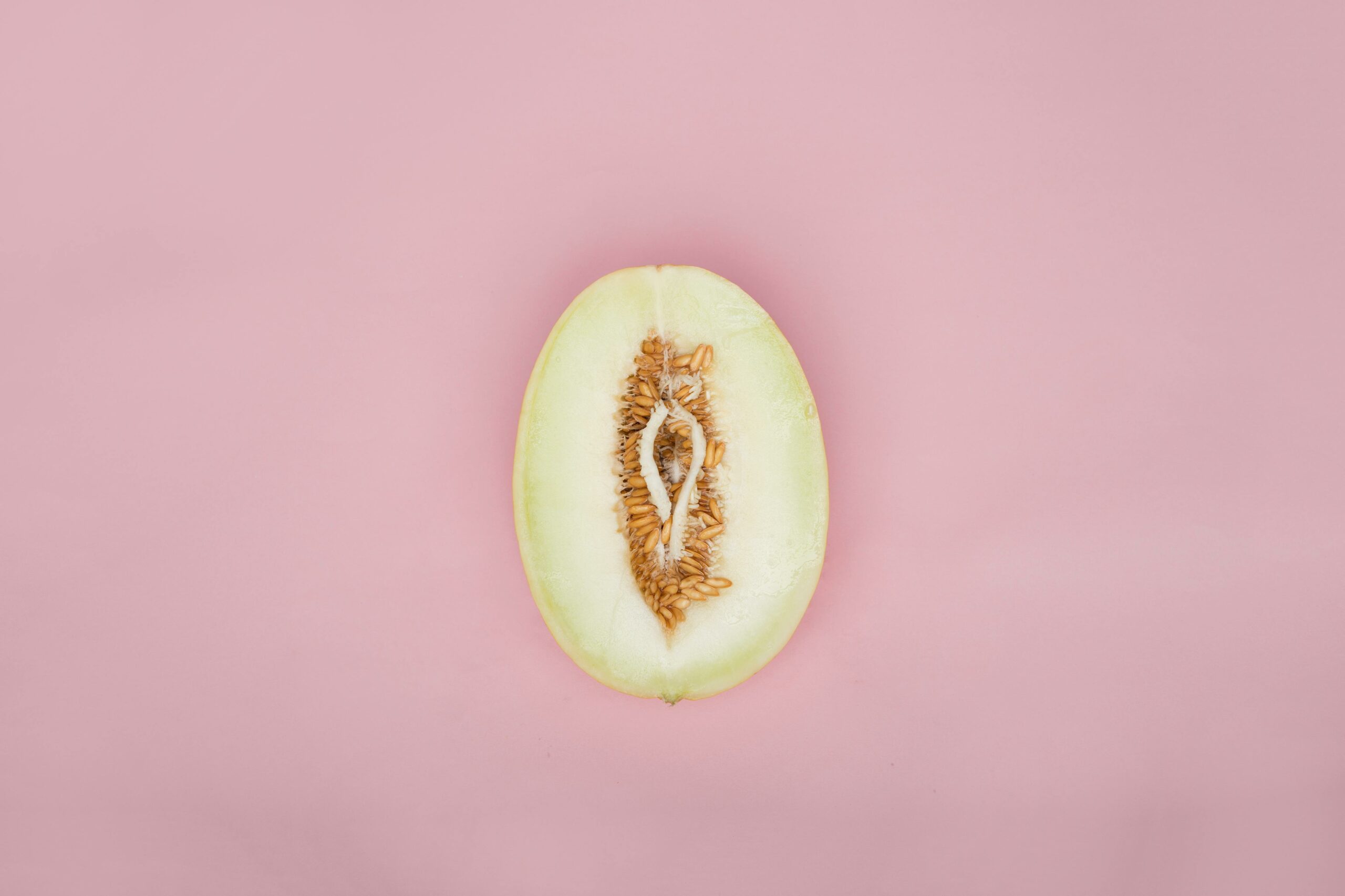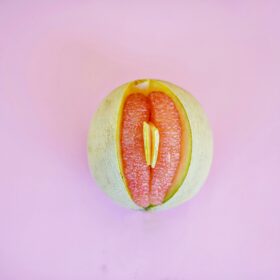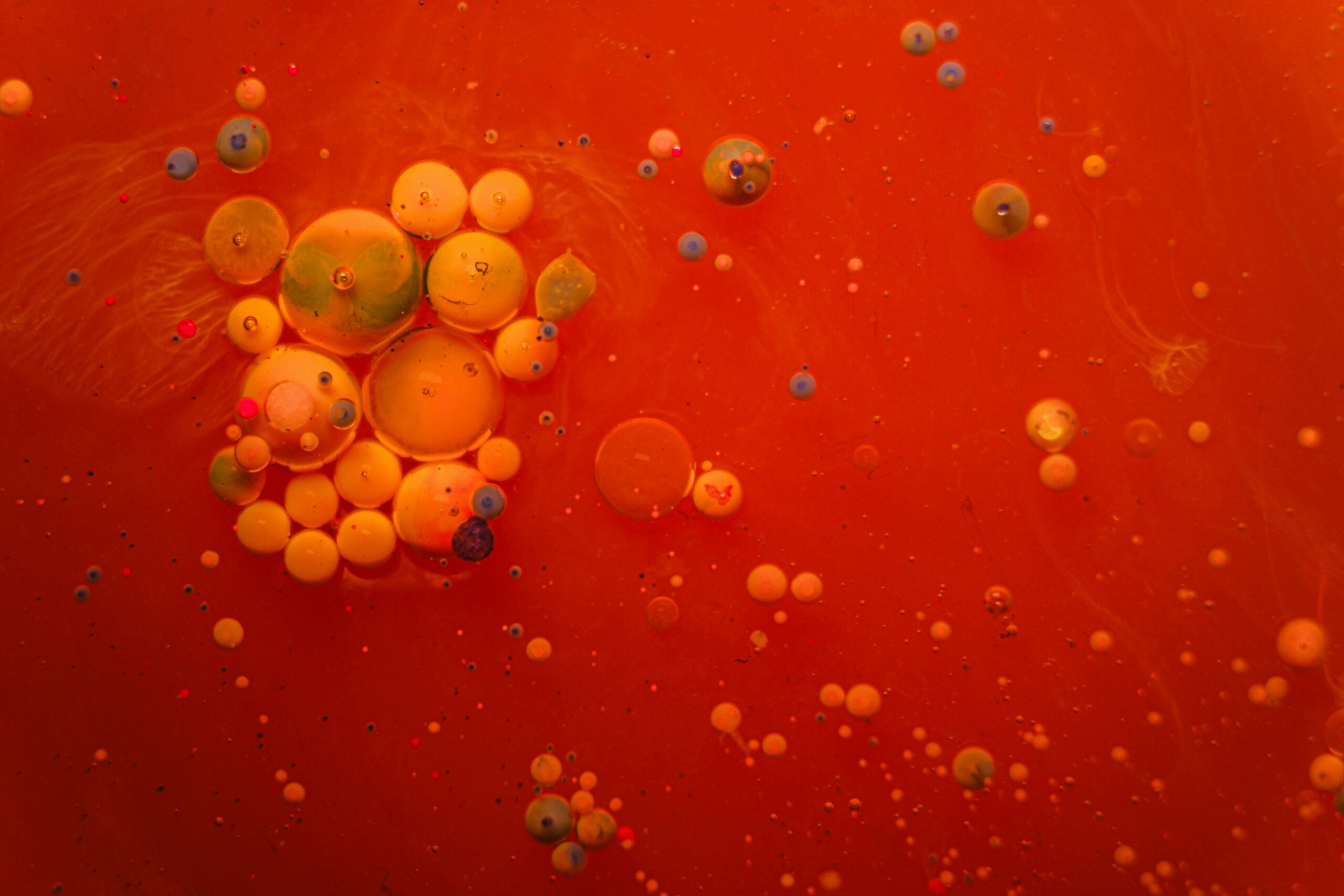
What is vulvodynia? Symptoms, causes & treatments explained
In this article
What's the lowdown?
Vulvodynia refers to pain or discomfort in the external female genitalia
It can either be partial or generalised, provoked or unprovoked in nature
Treatment for vulvodynia often involves multiple specialist professionals
What is vulvodynia?
Vulvodynia is a chronic painful or uncomfortable condition of the female external genitalia (called the vulva). The pain in the vulva must last three or more months consecutively, without being caused by another condition. The appearance of the vulva is normal. This pain can severely affect your daily activities, preventing you from having fun in general or from sexual activities1.
How common is vulvodynia?
Vulvodynia can affect women of all ages and ethnicities, affecting 6-28% of the population. These numbers might not be an accurate representation of how common the condition is as it hides in plain sight and is commonly underdiagnosed and misunderstood2.
Vulvodynia symptoms
Vulvodynia can present as1:
- Burning
- Throbbing
- Stabbing
- Soreness
The pain can also have these features1:
- Involves all or part of the vulva
- Constantly present or comes in waves
- Present all the time or only when the vulva is touched
- Spread to other nearby areas like the thigh, anus or urethra (wee pipe)
- Might start when you open your bowels
Vulvodynia and its associated symptoms can have a huge impact on the lives of sufferers. It can interfere with your sleep, concentration, ability to enjoy daily activities and maintain sexual relationships.
Generalised vulvodynia
Generalised vulvodynia affects multiple parts or all of the vulva at the same time. The pain can be constant or present all the time.
Localised vulvodynia
Localised vulvodynia pain is usually at one particular site of the vulva, like the opening of the vagina (called the vestibule) or clitoris. Depending on where the pain is, it can have a different name. For example, vestibule pain can be called vestibulodynia and clitoris pain is called clitorodynia.
Provoked Vulvodynia
When pain occurs by applying pressure it is called provoked vulvodynia. Pain can happen during:
- Sex
- Inserting a tampon
- During a gynaecological exam
- Sitting for a long period of time
- Wearing tight-fitting clothing
Provoked vulvodynia can be primary or secondary in nature. Primary provoked vulvodynia occurs the first time penetration of the vagina is ever attempted and secondary provoked vulvodynia develops after you’ve managed pain-free penetration in the past.
Unprovoked Vulvodynia
Unprovoked vulvodynia is when the pain and symptoms happen constantly and do not have any trigger. There might be some periods of relief.
Vulvodynia causes
Medically there is no known cause of vulvodynia but there are some theories3 which include:
- Nerve injury or irritation
- Higher levels of inflammation of the vulva
- Genetics
- Weakness of the pelvic floor
- Changes in the vulval hormone receptors
Diagnosis
Vulvodynia is often a diagnosis of exclusion, which means that any other causes of vulval pain are ruled out. Your medical professional will ask about the nature of the pain, the site of the pain, and how long the pain has been going on. They might also ask about any medical conditions, previous trauma or family history of this kind of pain.
Sometimes, vulvodynia can be misdiagnosed as vaginismus. You doctor will examine your vulva checking for any signs of skin conditions or changes to your anatomy. You may have swabs or scans to rule out any other conditions. If no other causes are found, vulvodynia can be formally diagnosed.
Treatment of vulvodynia
Vulvodynia treatment aims to manage the pain and improve your quality of life. Treatment plans should be designed by a specialist team involving a gynaecologist, physiotherapist, psychologist and a pain specialist1. Unfortunately, we know that not everyone will have access to these specialists, but you can discuss the options below with your GP.
Treatment types include:
- Medications – such as lidocaine local anesthetic creams or gels or tablets like amitriptyline or gabapentin
- Exercises to strengthen the pelvic floor
- Vaginal trainers used to gently and slowly widen the vagina
- Psychological therapies
- Psychosexual therapies
- Surgery to remove parts of the vulva that cause pain (usually reserved as the last line when other treatments have not worked)
Treatments are not one-size-fits-all. You might need to try multiple treatments before finding one that works for you.
Summary
Vulvodynia is a sensitive condition that causes real discomfort to women. This condition is often misdiagnosed or underdiagnosed and is still being researched. But you’re not alone.
If you are struggling with vulval pain and need a supportive medical professional to speak to, reach out to the medical team at the Lowdown, pelvic physio or clinical sexologist. We will listen, advise and recommend the best treatment for you.
Our medical review process
This article has been medically reviewed for factual and up to date information by a Lowdown doctor.





